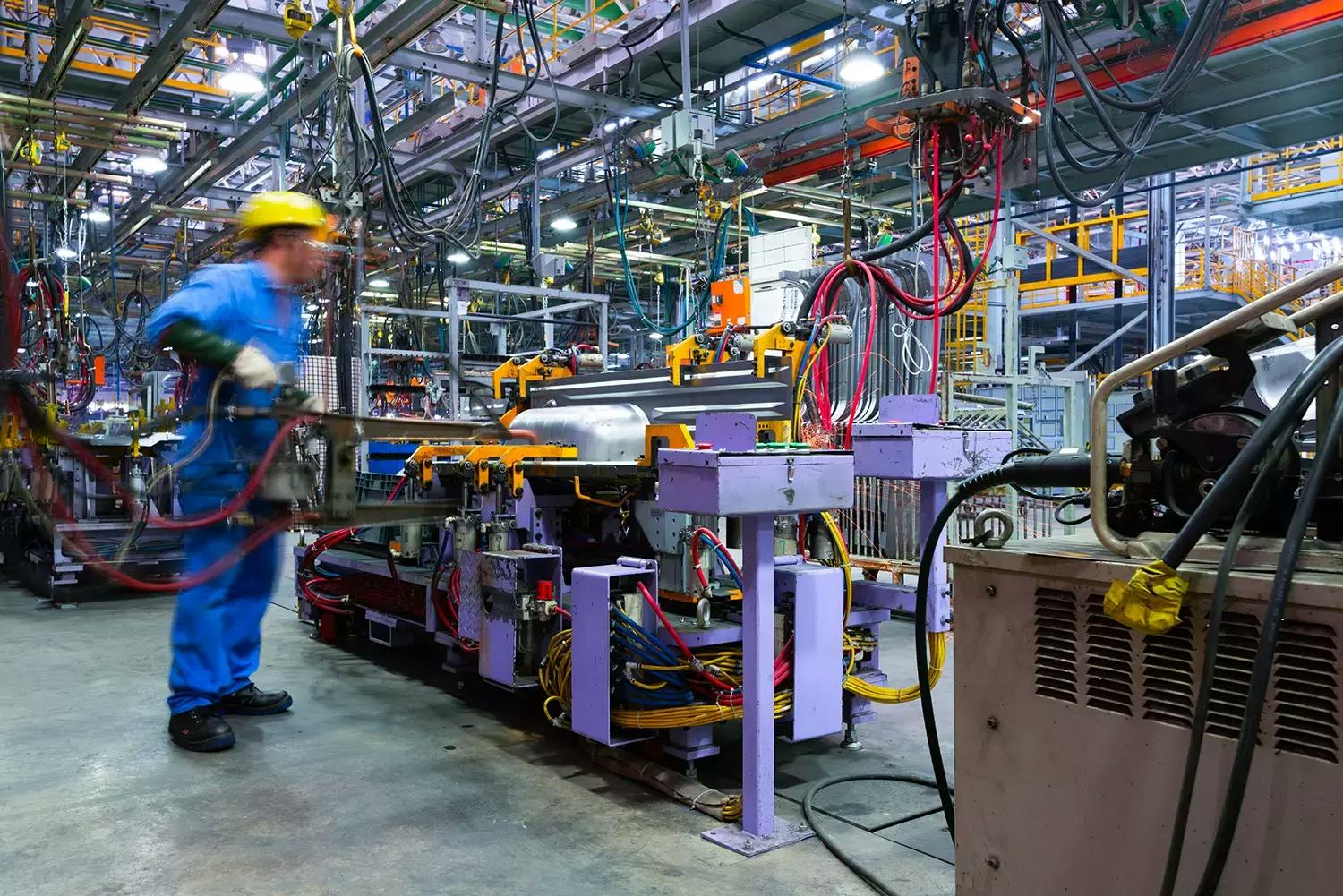Industry Evolution
The sealant and adhesive industry has experienced robust growth in recent years. Propelling at a compound annual growth rate of 4.9 percent, it’s expected to reach a value of more than $100 million by 2030. As manufacturers shift to meet new fuel economy standards and reduce negative environmental impact, they’re opting for lighter components in place of bolts, welds and screws.
Engineers typically have several options when determining which bonding method is best for an application. Welding produces a strong joint between two substrates. Traditional fasteners provide versatility for applications that may require maintenance.
Only adhesives and sealants deliver a reliable bond that can replace or support welding and fastening and do so at a lower weight. Adhesive formulations can also be customized to meet or exceed specific production needs, including speed, durability and process time.
Why Adhesives?
There are many pros and cons for each bonding method and deciding which application process works best is up to each manufacturer. Regardless of the method, there are a few common goals for every production line:
Reduced Production Costs
In order to lower production costs, engineers must have a thorough understanding of each step in the production process. Since welding requires specialized skilled labor and training, they may opt for adhesive application or fasteners as those processes require less training. Applying adhesive also saves time and increases overall line speed, lowering the cost per part.
“Adhesive bonding allows versatility in manual, semi-automated and fully automated systems,” said Jeffrey Schnapp, regional sales manager at Designetics. “Using adhesives maximizes efficiency throughout the entire production line.”
Weight Reduction
Bolts and screws add weight to a finished product. Adhesive bonding eliminates the need for those heavy fasteners because it allows thinner, more flexible plastics and composites to be bonded in product design. Instead of selecting a material for its ability to withstand welding or bolting without loss of integrity or distortion, choose adhesive bonding to join even dissimilar materials while evenly distributing load and stress.
Product lightweighting also lowers shipping costs, improves functionality, and reduces wear on production equipment.
Increased Strength
When two thin metal sheets are attached using fasteners, the end result is still two thin metal sheets. But bonding with an adhesive actually unites them, resulting in a stronger overall component. The increase in strength of those bonded parts is related to stress distribution. Any joint carrying a load experiences stress because differences in thermal expansion create movement when temperatures change.
When a metal part is bonded to a plastic part using bolts, it has stress points at each fastener location and is prone to splitting or cracking. Adhesives are superior at distributing the stress evenly, as strong bonds are formed when the adhesive cures.
Appearance
Rivets, bolts and weld seams can interfere with the appearance of a product assembly, marring the intended design goal. In the production of 4-wheel-drive vehicle bodies, snow mobiles, RVs, boats and agricultural equipment, the use of adhesive bonding creates tight, seamless joints. That allows designers greater creative freedom.
Reduced Noise
In automotive applications, mechanical fasteners can work loose over time due to the vehicle’s vibration. This produces a rattling noise that frustrates customers. Product longevity and noise reduction are the goals of many production plans, and adhesive bonds prove stronger and more durable than fasteners when applied and cured correctly.
Sealing
Adhesives may be specifically formulated to create seals that keep fluids and contaminants out. While welding is another effective method of sealing, welds can be enhanced with an adhesive to fill any porosity that occurs during the welding process. Metal fasteners alone cannot provide the level of sealing needed for waterproofing applications.
Making a Decision
If you’re hesitant to replace traditional fasteners with adhesives, Designetics will develop a unique application process that best suits your requirements, regardless of the material or adhesive being used. As a global leader in fluid application systems and solutions, our team has the expertise to make the process seamless.
We create applicators and dispensing equipment to ensure that current and future production processes are efficient, whether your system is standard, custom, manual or automated.
For more information about fluid applicators and dispensing systems, reach out to us today. We’re ready to discuss your application and help you find the best solution.
